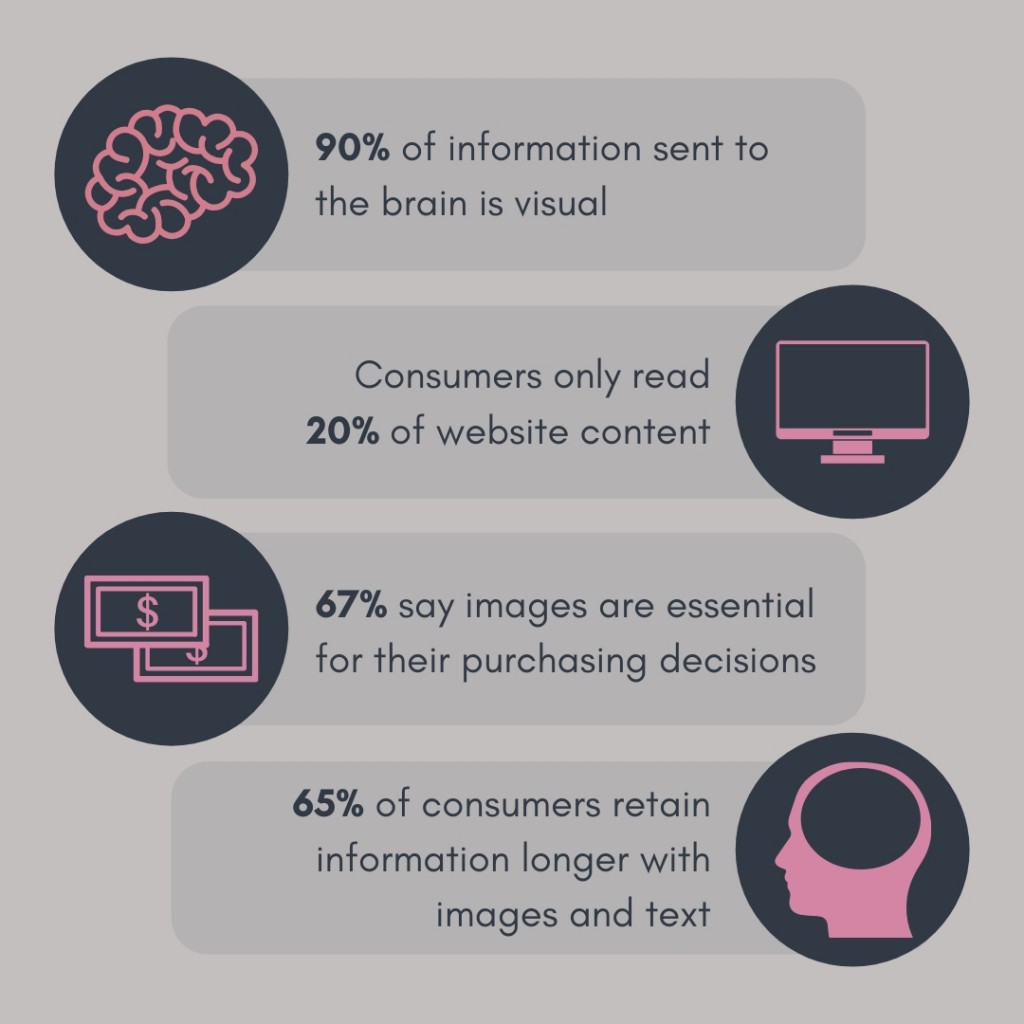SEO Tips: Images in search engines
 https://www.omahamediagroup.com/images/uploads/monster_gallery/Omaha-Media-Group-Black.jpg
https://www.omahamediagroup.com/images/uploads/monster_gallery/Omaha-Media-Group-Black.jpg

Google processes over two trillion searches per year and 3 percent of clicks go straight to the image blocks in Google. Search engines, such as Google, have been working on the last couple of years to optimize their search results for images. This is because, as consumers, images are easier to digest and process large amounts of content.

Image optimization is all about reducing the file size to be uploaded onto a website that does not slow down the said website and meets SEO requirements for search engines. How does an image of Google show in search results versus others? There are several reasons from an image being optimized to being a more engaging image.
As the best Dallas SEO experts, our clients often ask this question, and here is the ultimate guide to image optimization.
Title
Yup, that is true. Google is one of the smartest pieces of technology out there, but as the best Dallas SEO experts understand, you still have to tell Google what to do. SEO experts optimize pages for SEO purposes and then tell Google, “hey, this page is optimized, go ahead and crawl it.” Google needs to be told what pages and what keywords and phrases to rank this content for.
Titles, labels and content is the most important notion to remember when working on image optimization. When it comes to SEO, relevant keywords and phrases are key to ranking over time in search engines and titles of images work the same exact way.
A creative description, properly labeled image and properly sized image is key to an image ranking in search engines like Google. What are consumers looking for?
If they are searching for vehicles, what are phrases or keywords that they will be searching for? This is how to work on image optimization without extra keyword research.
Alt tags
An alt tag is nothing but simply writing a small description of what the image is. Is the image a stock photo of a woman? Simply write in the alt tag spot, “woman sitting at a computer.” This also tells search engines what the page is about and can direct them to the correct page. An alt tag is not only for image optimization but for those who are living with physical disabilities.
Find the right file type
There are plenty of image sizes and it can be overwhelming to try to understand which one does better on websites and for search engines.
The two types of file sizes that work best for both instances are JPEGs and PNGs. PNGs are large image files that have a higher resolution which is what makes them the ideal image type to use, but at the same time, the large image can take longer to load and slow down a website.
A JPEG is a lower image quality but is a small image size that can easily be sized into several different sizes which typically hold its resolution. Our suggestion is to use a PNG if possible, but do not worry about it if JPEG works for the best because images should be compressed anyway!
Compress images
A company’s website has approximately less than two seconds to load before a consumer decides to hit the back button; and on the other hand, Google and other search engines expect a website to load in half a second.
A large image and video that is not compressed are going to slow down the website which results in a higher bounce rate and slowly being pushed down SERP. This will also help with the images being in the photo block on Google.
As the best Dallas SEO company, our experts always suggest to properly name images even if the images are not being named for SEO purposes. For help with SEO or optimizing images, give our experts a call today!
Are your images showing in search results?
For help with SEO or optimizing images, give our experts a call today!
Call the best Dallas SEO agency in Dallas, Texas!Posted In: SEO and Search Marketing







